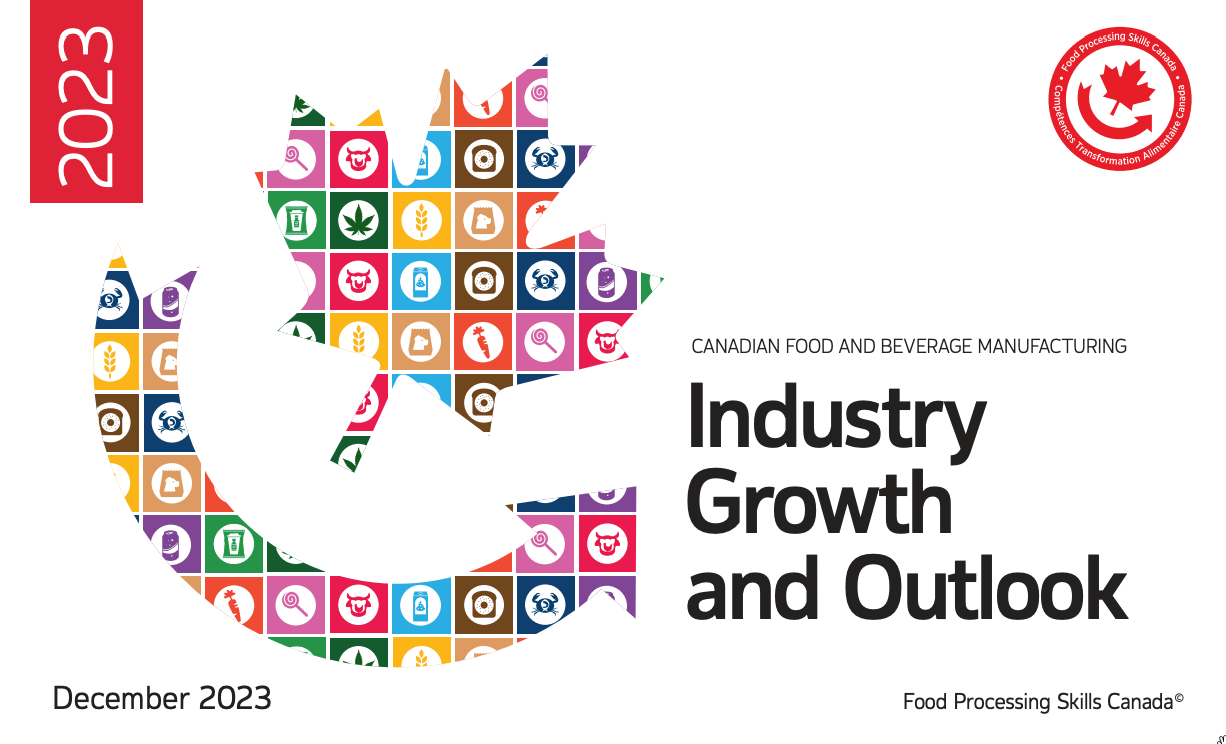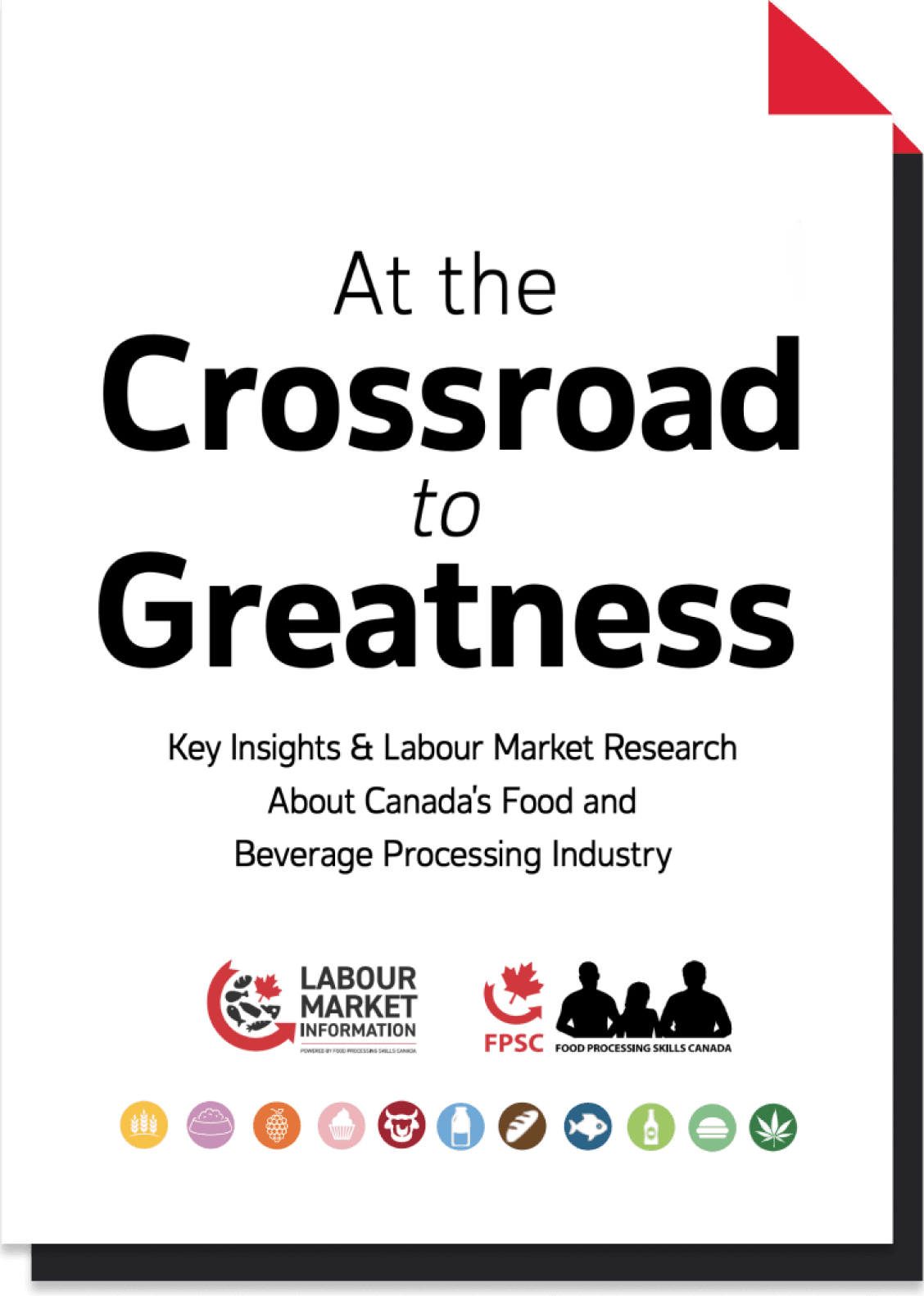Tag: Region: Atlantic
-
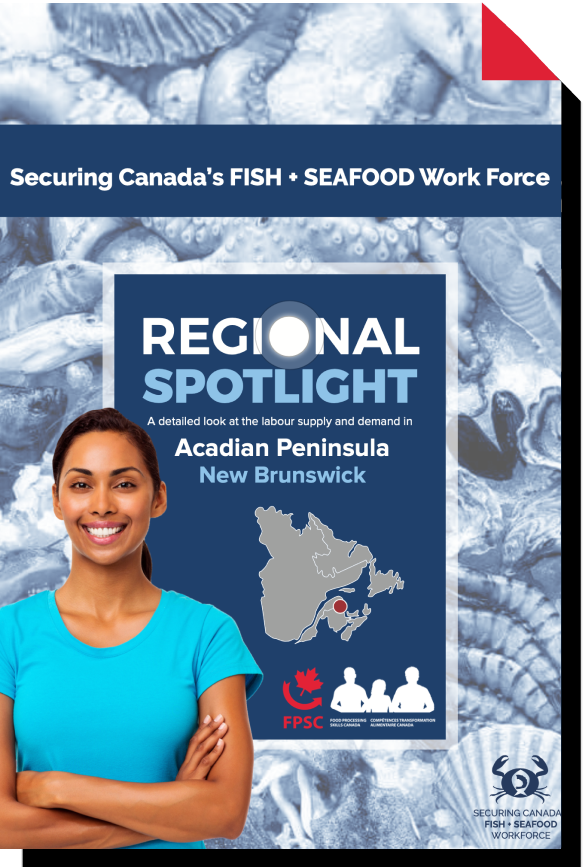 Published: 29 November 2022
Published: 29 November 2022Regional Spotlight – Acadian Peninsula, NB
An analytical view into the fish and seafood processing sector spotlighting the Acadian Peninsula Region. The region can be found in the north east of New Brunswick with 17 seafood processing establishments. Currently their industry are facing challenges with an aging population and youth migration leading to issues with retention and labour shortages. Some of the processor have to innovative approaches to tackle these issues like benefits that make the day to day easier with a cafeteria, paying for necessary supplies for work or ensuring time off. Also providing other appeals like transportation make it an easier choice for people to work at the processors. Giving you relevant information, this report on the Acadian Peninsula Region supplies you with the full picture of their fish and seafood processing sector.
-
 Published: 29 November 2022
Published: 29 November 2022Regional Spotlight – Cornerbook, NL
An analytical view into the fish and seafood processing sector spotlight the Cornerbrook Region in Newfoundland and Labrador. To get a full understanding of the region, the report starts with overview of the Cornerbrook Region, with information on the geographic location and population. Currently, there is a sufficient local labour force to meet the region’s labour requirement. However, in the peak seafood there is also a peak in employment needs in other sectors in the region as well, creating a tightening at this time. The labour market is expected to tighten more during these peak season in the upcoming years. Giving you relevant information, this report on the Cornerbrook in Newfoundland supplies you with the full picture of their fish and seafood processing sector.
-
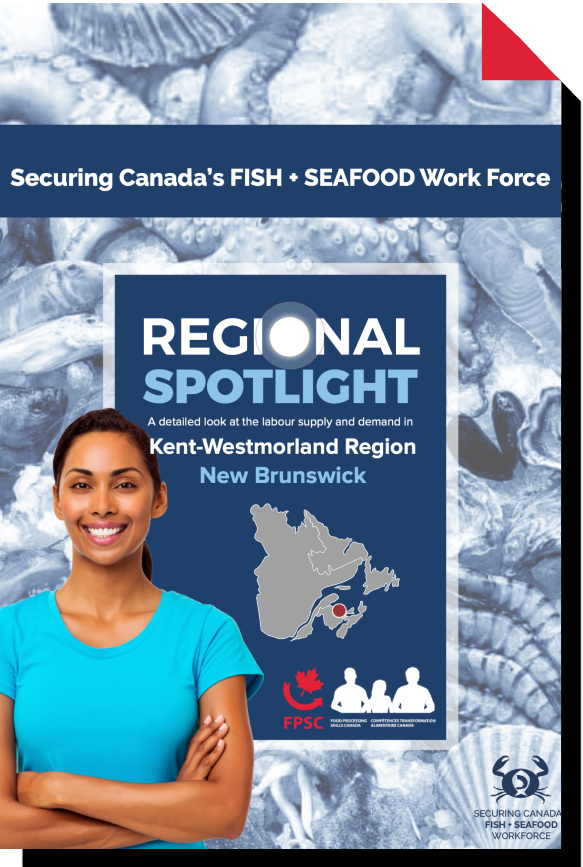 Published: 29 November 2022
Published: 29 November 2022Regional Spotlight – Kent Westmorland, NB
An analytical view into the fish and seafood processing sector spotlighting the Kent-Westmorland Region in New Brunswick, including the metropolitan city Moncton. Currently the local labour can meet the demands of the seafood processing sector, if you include Moncton. However, during peak seasons lower-skill work becomes more competitive, especially by including Moncton. There is also now the added completion of attracting workers from the urban sector. The impact of this labour shortage can be felt with employees working longer hours and not having enough days off during the peak season. Plant mangers combat these challenges by recruiting international students during peak periods and compensation based on performance. Giving you relevant information, this report on the Kent-Westmorland Region in New Brunswick supplies you with the full picture of their fish and seafood processing sector.
-
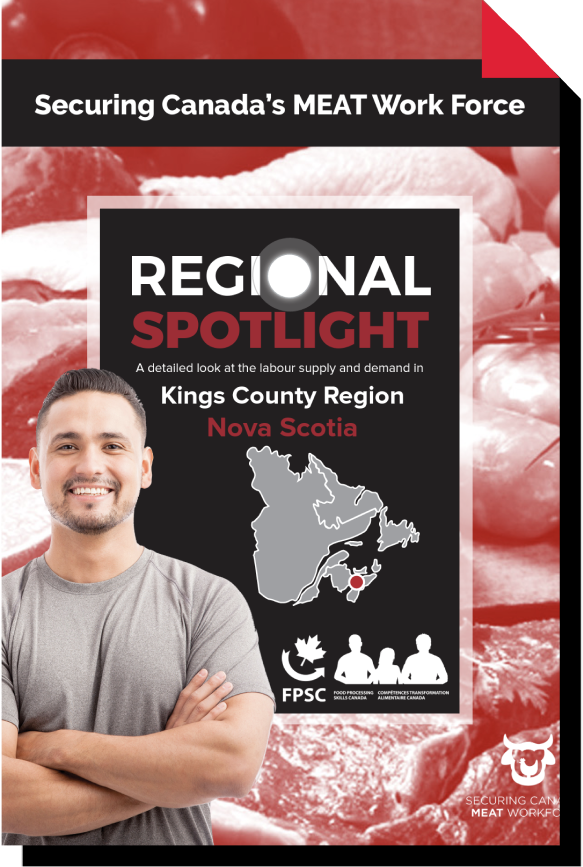 Published: 29 November 2022
Published: 29 November 2022Regional Spotlight – King’s County, NS
A detailed look at the labour supply and demand in King’s County, Nova Scotia.
-
 Published: 29 November 2022
Published: 29 November 2022Regional Spotlight – Old Perlican, NL
An analytical view into the fish and seafood processing sector spotlighting the Old Perlican Region. The Old Perlican Region is located on the northern tip of Newfoundland’s Avalon Peninsula, where they host three processors ranging in size in key towns like Old Perlican (pop.633) and Bay de Verde (pop. 392). The processing plants operate on a seasonal bias, and due to this, the unemployment can fluctuate drastically. The average monthly number of EI claimants in food processing sectors demonstrates the seasonality, with EI claimants ranging from an average low of 43 in May to 207 to 223 for December through to March. The region is also facing labour shortages to meet the region’s labour requirements. This trend is expected to continue to 2030, when they’ll need to attract 360 new workers. There are some solutions to these issues like temporarily re-locating workers in the Newfoundland region during the peak period or re-working EI rules so that claimants can work longer hours while on claim without losing income.
-
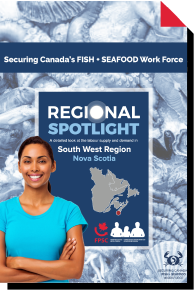 Published: 29 November 2022
Published: 29 November 2022Regional Spotlight – South West Nova Scotia
An analytical view into the fish and seafood processing sector spotlighting the South West Region on the Bay of Fundy in Nova Scotia. Fish and seafood processors were interviewed in the region to gain a complete and encompassing understanding of the Human Resources (HR) challenges faced in this industry. While also looking at different details that contribute to these challenges like an aging labour force, education and more. Some of these factors play into the vacancy rate being felt across the industry in this region. The report also offers recommendations like the untapped potential of students during the peak season or a few other approaches already being used by some plants. Giving you relevant information, this report on the South West Region in Nova Scotia supplies you with the full picture of their fish and seafood processing sector.
-
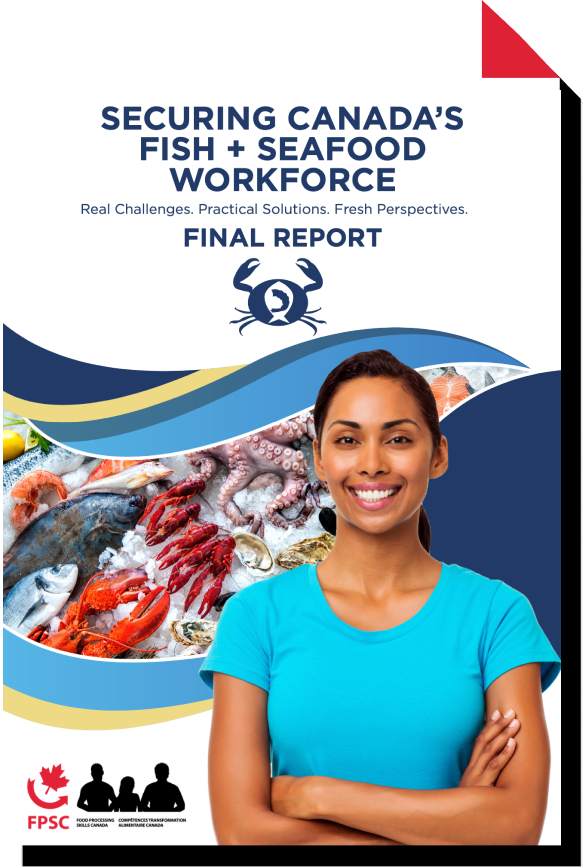 Published: 28 November 2022
Published: 28 November 2022Securing Canada’s Fish and Seafood Workforce – Final Report
In this in depth report, the issues that are facing Atlantic Canada’s fish and seafood sector come to the surface, while also exploring various ways to work through these concerns. For example, in 2017, 1,800 job vacancies in the fish and seafood sector went unfilled due to the lack of available workers in regions where processing plants are located, and an additional 2,500 workers will be needed over the next five years to replace retirees (7,500 by 2030). This technical report summarizes the main findings and conclusions from various components of an extensive labour market information study undertaken in 2017- 2018. Highlighting specific challenges the industry is facing like labour shortages, direct issues from a lack of HR support and a decreasing supply of lower-skilled production-level workers. While also shedding light on possible solutions for these concerns by giving suggestions like regional solutions, creating ties with educational institutions and Indigenous People or findings ways for governments and employers to work together. These are innovative recommendations for near term, medium term and even long term to help address many issues that the Atlantic Canada’s fish and seafood sector are facing.



